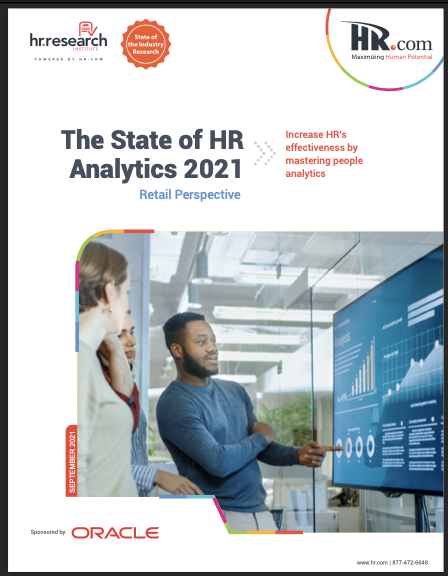The State of HR Analytics

As a Human Resources responsibility, HR analytics has evolved from a nice-to-have to a must-have for most organizations. However, little about people analytics is easy. It can be hard to collect data, clean it and draw insights from it. It’s even harder when there’s a need to integrate data among multiple systems—and commonly that is indeed needed. So how is HR doing in its attempt to create useful analytics? This study looks at a wide range of organizations, some of which are doing well with HR analytics and many of which are struggling.


